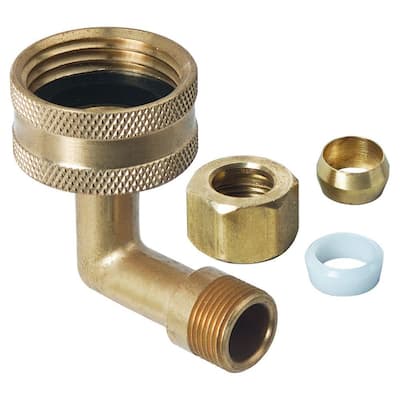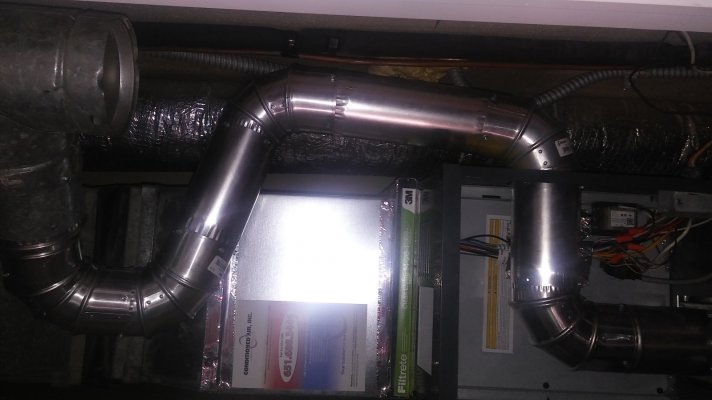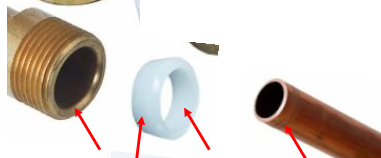- Joined
- Oct 13, 2010
- Messages
- 10,735
Garbage Disposal Replacement
Today I not only replaced a garbage disposal, but also made a video of it.
It's a pretty boring video, so save yourself some time and don't watch it...that's 12 minutes of your life you'll never get back
The old disposal had a plastic housing, which cracked and began to leak. Of course over Thanksgiving when we had people over. Well, not really "people", they were our grown kids
The plumbers putty that I already had wasn't supposed to be used on plastic, and the sink flange on the Waste King was plastic , so even though it was delivered to my door from Amazon, I had to make a hardware store run. I could have used 'tub and tile' silicone, but I didn't want to wait for it to dry, so I got some putty that works for plastic.
, so even though it was delivered to my door from Amazon, I had to make a hardware store run. I could have used 'tub and tile' silicone, but I didn't want to wait for it to dry, so I got some putty that works for plastic.
And of course the drain out of the disposal was different in several ways...first, it was about 3/4 lower, which meant wrestling the under sink plumbing into a changed configuration (which I didn't show in the video because of all the expletives). Also, the old unit had the typical threaded ring compression connection, whereas the new unit had a gasket, steel plate, and two bolts. Anyway, finally got it to fit together and not drip anywhere.
https://youtu.be/HyawmdCgSOI
Today I not only replaced a garbage disposal, but also made a video of it.
It's a pretty boring video, so save yourself some time and don't watch it...that's 12 minutes of your life you'll never get back
The old disposal had a plastic housing, which cracked and began to leak. Of course over Thanksgiving when we had people over. Well, not really "people", they were our grown kids
The plumbers putty that I already had wasn't supposed to be used on plastic, and the sink flange on the Waste King was plastic
 , so even though it was delivered to my door from Amazon, I had to make a hardware store run. I could have used 'tub and tile' silicone, but I didn't want to wait for it to dry, so I got some putty that works for plastic.
, so even though it was delivered to my door from Amazon, I had to make a hardware store run. I could have used 'tub and tile' silicone, but I didn't want to wait for it to dry, so I got some putty that works for plastic.And of course the drain out of the disposal was different in several ways...first, it was about 3/4 lower, which meant wrestling the under sink plumbing into a changed configuration (which I didn't show in the video because of all the expletives). Also, the old unit had the typical threaded ring compression connection, whereas the new unit had a gasket, steel plate, and two bolts. Anyway, finally got it to fit together and not drip anywhere.
https://youtu.be/HyawmdCgSOI




